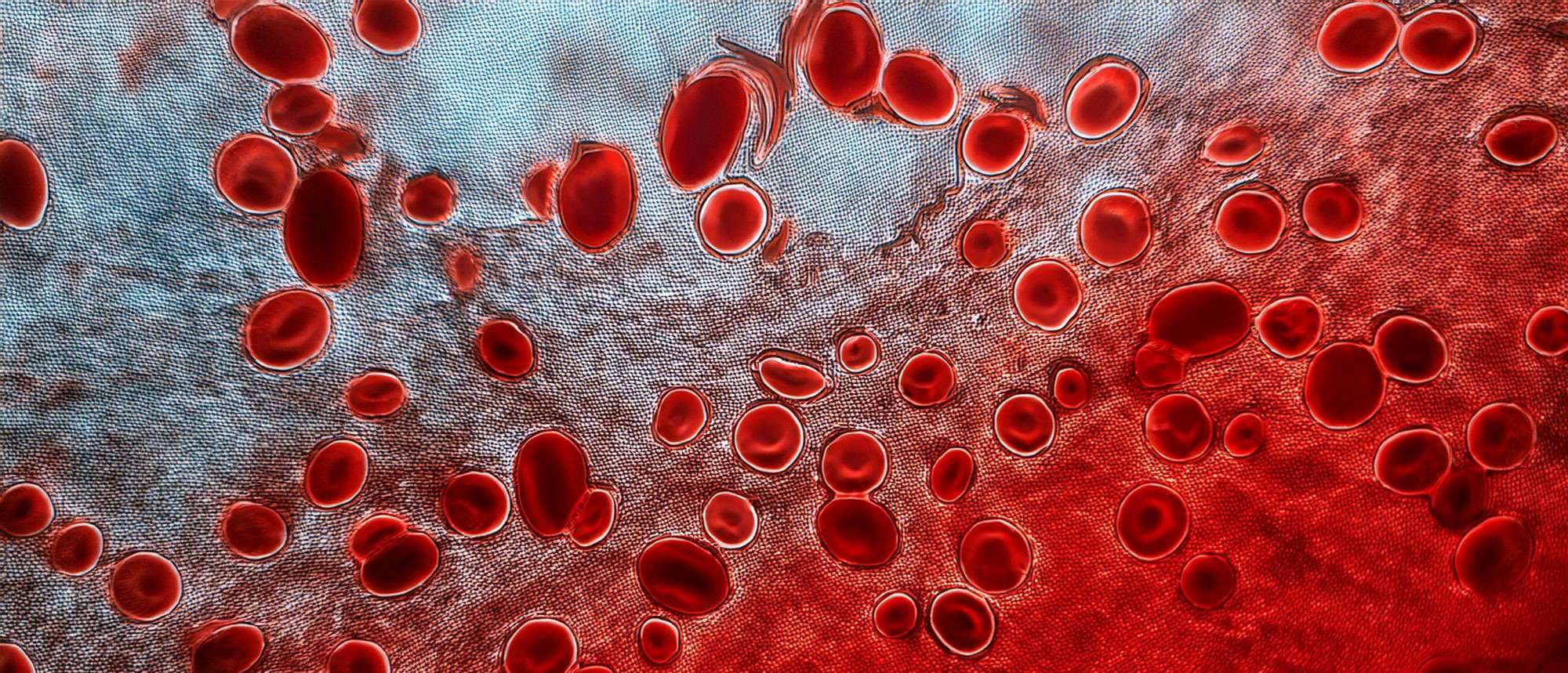Where "Time is Brain"

Mark Jagelovicz, 63, felt a bit strange while shopping at his local Sheboygan, Wisconsin, grocery store. He was disoriented and had difficulty holding onto his personal belongings. The last thing he remembers was pulling into his driveway and collapsing while still in the car.
He was rushed to the local emergency room, where the doctor, recognizing symptoms of an acute stroke, called the emergency line at the Medical College of Wisconsin's department of neurology, division of stroke, neurointervention and critical care. Following a brief consultation, Jagelovicz was transferred to Froedtert Hospital (Froedtert) and rushed to surgery.
After a complex and thorough procedure performed by MCW's neurointerventional team at Froedtert, Jagelovicz made a quick recovery – due in large part to the team's quick, but calculated, decisions.
Marc Lazzaro, MD, FEL '12, knows stories like these all too well – as he encounters them every day. As medical director of MCW's Neurointervention Program and Comprehensive Stroke Center, the phrase "time is brain" provides the basis of each of his stroke cases. "Every minute counts in stroke care," he says. "The longer we delay, the more likely the patient will lose essential brain tissue. The faster we get in, the faster we can restore normal blood flow to the brain. It becomes a delicate balance of being both quick and agile while maintaining precision."
"Time is brain" is quite literal in the clinical sense. During an ischemic stroke (a type of blood clot that accounts for more than 85% of strokes in the US), a vessel in the brain is obstructed so that blood is unable to be supplied to this vital organ. Without blood flow, brain neurons quickly die from lack of oxygen. About six million neurons die per minute from a completely blocked blood vessel, and loss of brain neurons during a stroke can lead to permanent neurological damage. Stroke care, then, becomes a race against time in order to save precious neurons.
For many decades, the standard treatment for an ischemic stroke was the utilization of IV-r-tPA, a drug administered through the arm that works to dissolve the clot to improve blood flow to the affected part of the brain. Unfortunately, this procedure is less effective for clots that block larger blood vessels – leaving patients with limited options.
In 2015, a series of randomized trials conclusively established mechanical thrombectomy as an alternative treatment to remove large blood clots in the brain.
In this procedure, a catheter is inserted into a blood vessel in the leg and navigated up into the brain. A thrombectomy device (a metal coil-like instrument) is then deployed through the catheter to pull out the clot to unblock the vessel. MCW faculty, including Dr. Lazzaro, participated in early clinical trials that provided scientific evidence for adoption of mechanical thrombectomy as the standard of care. "This procedure has really changed the way we care for complicated stroke patients. Patients who normally would have been left with debilitating abnormalities, such as paralysis of one side of the body, are instead able to go home and maintain a normal life," Dr. Lazzaro remarks.


Despite its promising capabilities, a mechanical thrombectomy is extremely complex and requires a specialized and extensively trained team.
 Froedtert is one of only two hospitals in the Milwaukee area that can provide this critical surgery. MCW healthcare professionals, as providers in a designated Comprehensive Stroke Center, have achieved the highest level of recognition for the most advanced care for stroke patients. Only 120 hospitals in the US are so designated.
Froedtert is one of only two hospitals in the Milwaukee area that can provide this critical surgery. MCW healthcare professionals, as providers in a designated Comprehensive Stroke Center, have achieved the highest level of recognition for the most advanced care for stroke patients. Only 120 hospitals in the US are so designated.
Part of MCW's advanced care includes cerebral vascular procedures, which are undertaken by a critical care team capable of treating the most complex stroke patients.
Each year, there are nearly 750 stroke admissions at Froedtert, many of which are referrals from hospitals throughout Wisconsin. Of those patients, about 80 receive a mechanical thrombectomy.
Ann Helms, MD, MS, FEL '05, FEL '08, acting chair of the MCW department of neurology and associate professor, cites the team's aggressive and efficient care plan as a reason why the division operates at such a high level.
"We are able to bring patients into Froedtert very quickly. We can get patients from other hospitals into the air within 10 minutes, and once they arrive, we are able to take them straight from the helicopter to the interventional suite to begin prepping for the operation – all bypassing administrative hurdles and roadblocks," says Dr. Helms. "By having a Comprehensive Stroke Center, we are able to provide community members with access to the best and most effective care that ultimately saves lives."
The department of neurology's division of stroke, neurointervention and critical care is a strategically diversified group comprising eight physicians trained in subspecialties of stroke care, vascular neurology and neurocritical care. Along with stroke specialists, the division also has three clinical fellows and a team of advanced practice providers.
Comprehensive stroke coordinator and clinical care member, Sue Fuhrman, MS, MSN, RN-BC, notes that collaboration is an essential element in providing quality care. "Throughout the course of care for a stroke patient, there are many different specialists who need to be involved. It's a true testament to the chemistry that we are able to come together and work in unison to the benefit of the patient," says Fuhrman. "I am proud to be a part of such an effective team."
Jagelovicz can attest to just how sudden and life-altering a stroke can be. "I never had any warning signs that this was coming," he recalls. "I'm blessed that I was able to make such a quick recovery."
Patients such as Jagelovicz are what drives MCW physicians to continue to push the standard of stroke care. "A stroke is so catastrophic and out of the blue. It changes your life in a minute," reflects Dr. Helms. "What we hope to do is to help prevent and reverse this terrible event and explore every option to reverse its effects."



